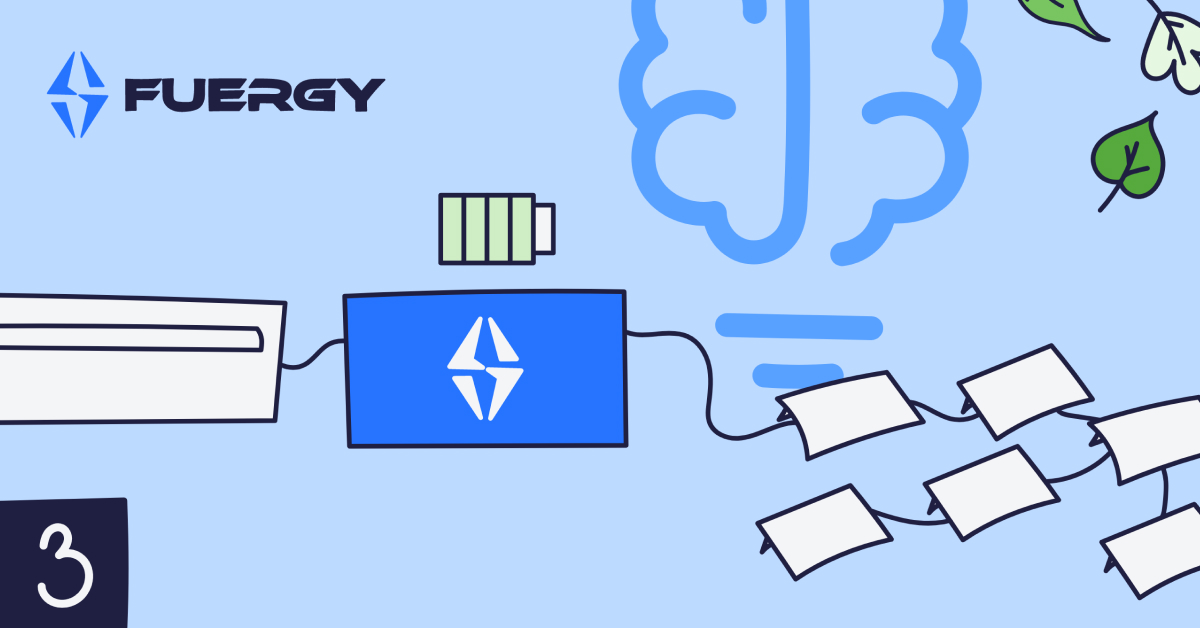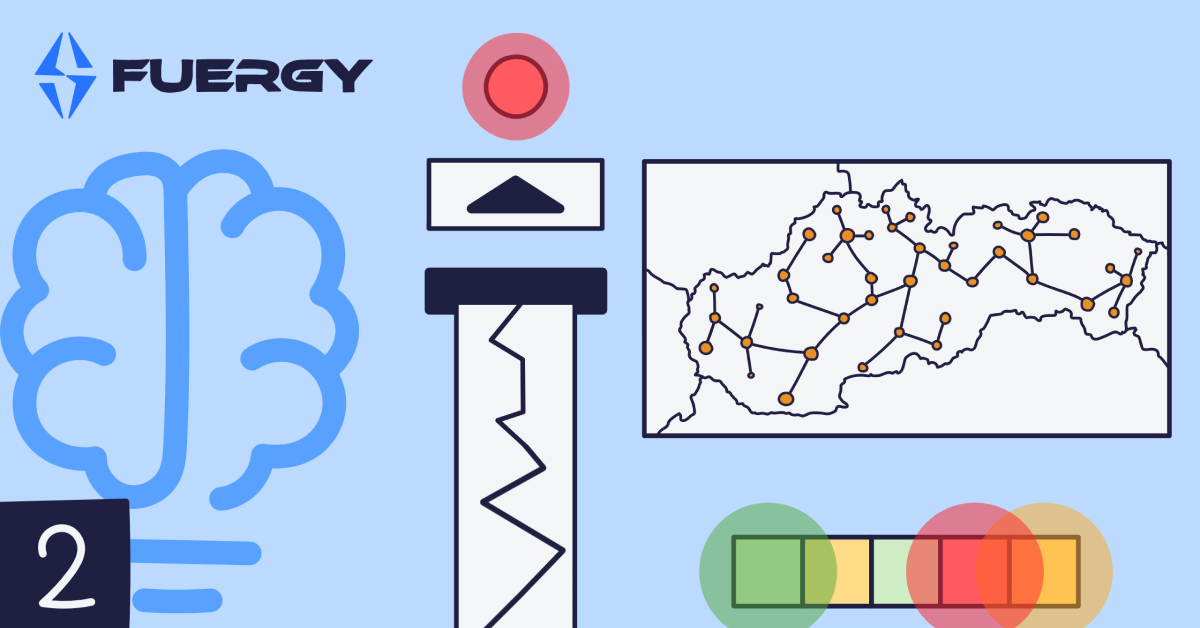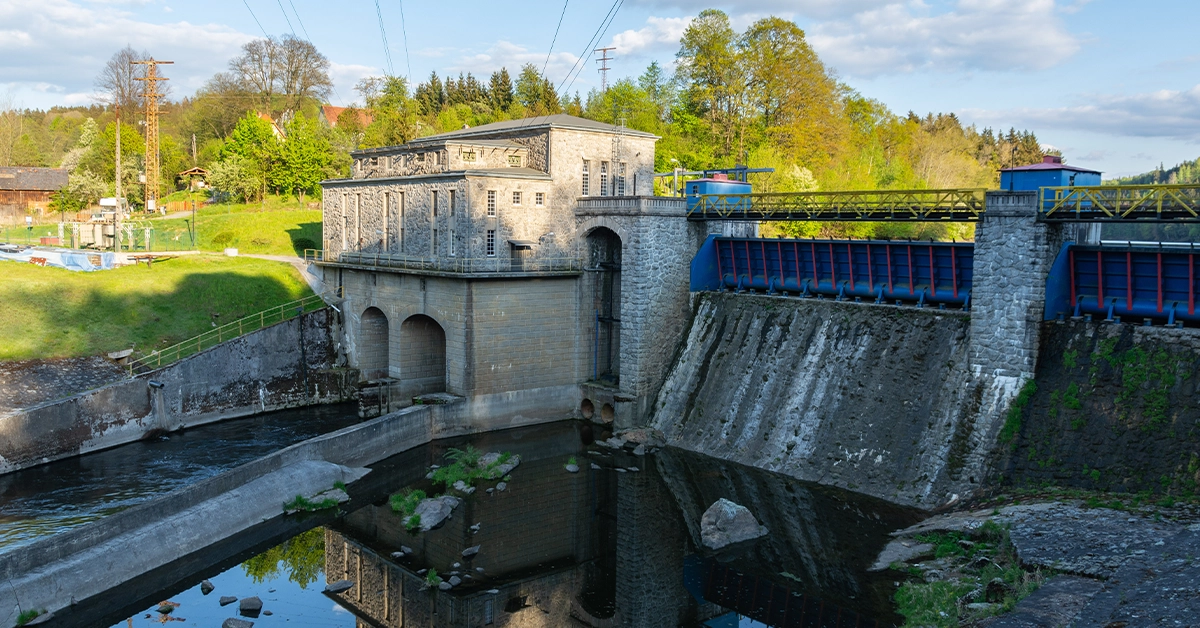
As the 19th century ended and the 20th century began, hydroelectricity entered its prime in terms of popularity. All across the developed world, governments invested in hydroelectric power as it was a very cheap source of renewable energy that was also reliable and consistent. The United States (US) spearheaded the push towards hydro. By 1889 there were 200 hydroelectric power plants in the U.S. alone.
To the north, Canada was also tapping into the immense potential of its rivers. However, here things were slightly complicated by the fact that hydroelectricity necessitates a mild climate, as a frozen river does not produce any power. Regardless, by 1900, a total of 133,000 kilowatts (kW) of hydroelectric-generating capacity had been installed in Canada. Most of this capacity was in Québec and Ontario, with many high potential sites being found conveniently near major cities. In the upcoming decade, large scale hydroelectric plants were built in all provinces except for Prince Edward Island and Saskatchewan.
On the other side of the Pacific Ocean, Japan, a mountainous and river-rich country became a regional trailblazer in hydroelectric power. Throughout its era of rapid modernization during the Meiji Restoration, the nation’s demand for electricity forced its governments hand into exploring new sources of energy, including hydropower. Near the former capital city of Kyoto, the Keage Power Station first began generating power in 1891 and set the foundations of the country’s now fully-developed hydroelectric industry.
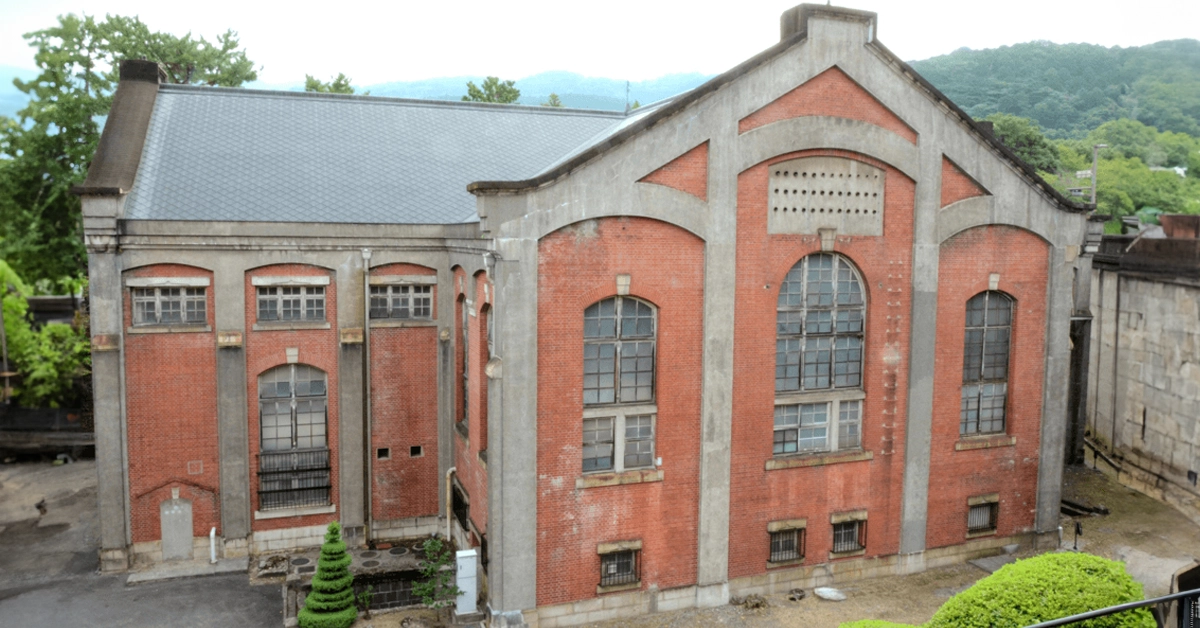
In 1900, Hammeren hydroelectric station was built in Maridalen, near Oslo. It was the country’s first hydroelectric plant and upon opening it was declared that it had “secured power forever [for the city of Oslo]”. The power plant is still in operation today, but its total annual output from 1900 would be only able to fulfill the modern city’s energy needs for about 24 hours.

In 1902, the US Congress passed the Reclamation Act and the Bureau of Reclamation began its involvement in hydropower projects, scouting potential water resources for the hundreds of projects that would ensue in the upcoming century. Today, the Bureau of Reclamation is the second-largest producer of hydropower in the US.
Around 1913, Viktor Kaplan created the Kaplan turbine, a propeller-type machine. It built upon the design of the Francis turbine and allowed for low-head hydro sites.
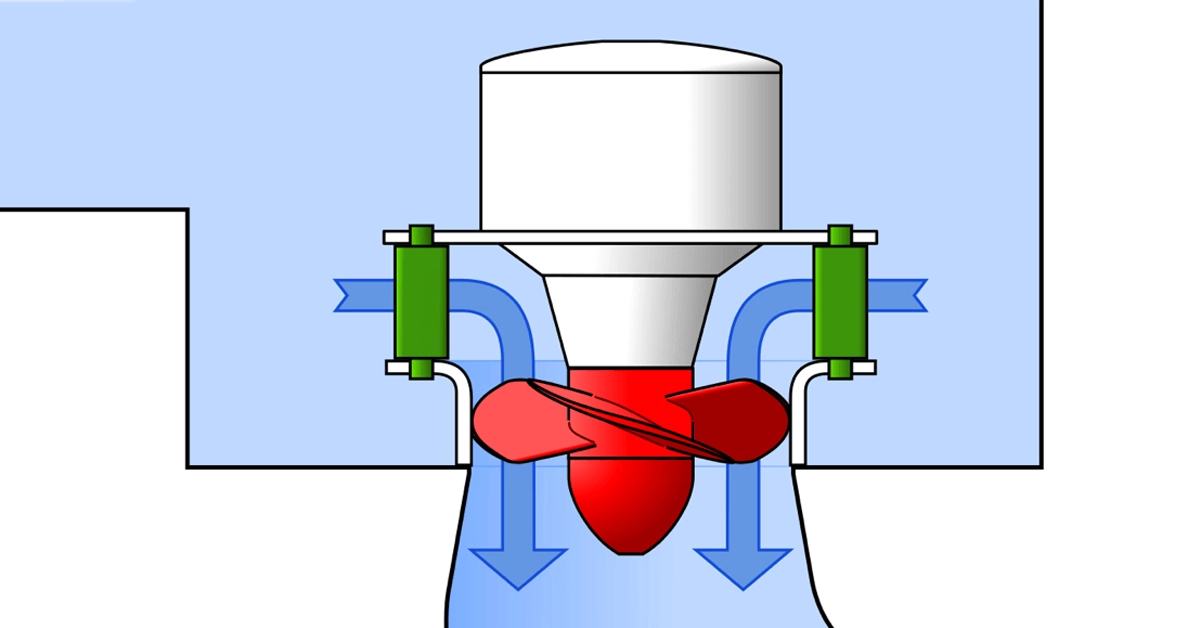
In New Zealand, which ranks today as one of the world’s leaders in per capita hydroelectric output, the government commissioned a survey of hydro resources in 1904 and began building the country’s first large power station at Lake Coleridge to supply the city of Christchurch. The station began generating power in 1914.
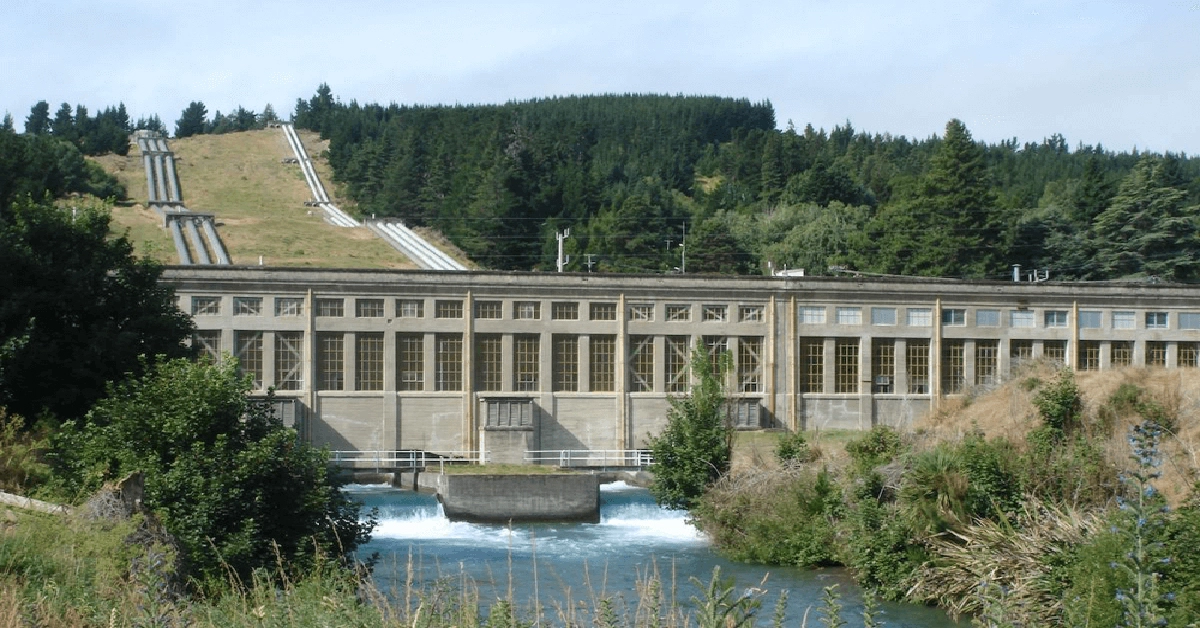
By 1920, 40% of the total electric energy generated in the US came from hydroelectricity. In 1920, the U.S. Army Corps of Engineers was authorized by Congress to build dozens of hydroelectric power stations over the subsequent decade.
In the 1930s, the Great Depression led to the New Deal through which the US government funded hundreds of ambitious public works, including many hydroelectric plants. These included the Grand Coulee Dam, the Shasta Dam and the Hoover Dam. On the Columbia River in Washington State, work began in 1933 on Grand Coulee Dam, one of the largest concrete structures ever built. Plans called for two hydroelectric power plants – each to house nine of the largest generators ever constructed at the time. By the 1940s, nearly 75% of power in the US West and Pacific West regions came from hydroelectric plants.
Australia’s biggest hydropower generator is the Snowy Mountains Hydro-electric Scheme, which has a capacity of 3,800 megawatts, almost half of the country's total hydro output. Construction started in 1949 and it was opened in 1972, and spans New South Wales and Victoria.
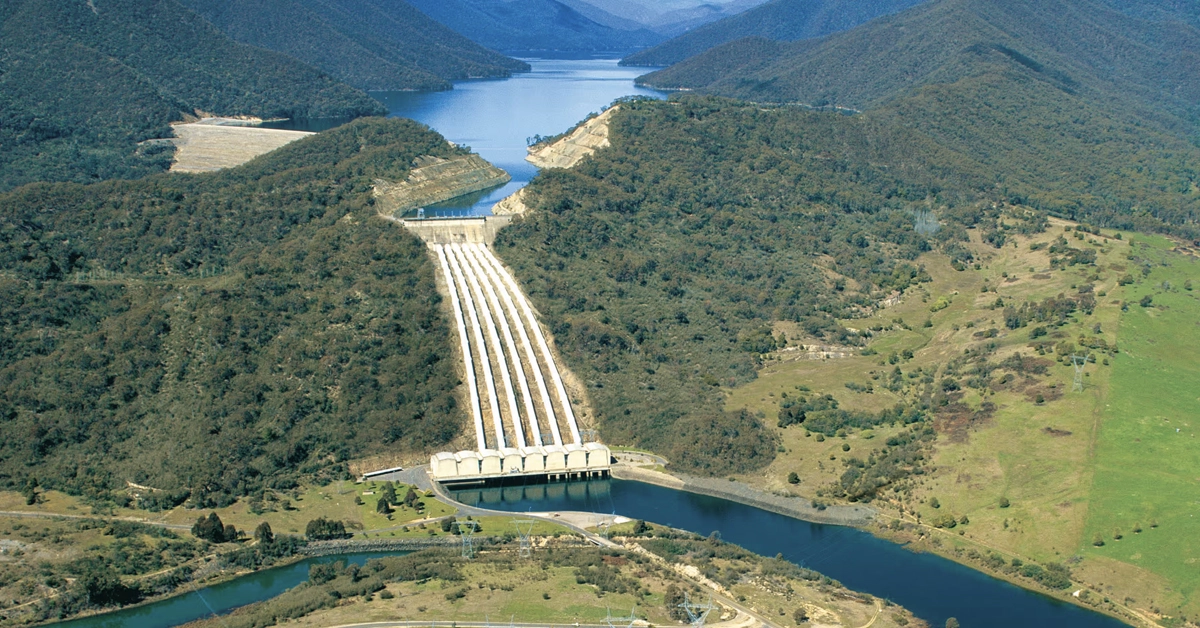
Throughout the first half of the 20th century, hydroelectricity emerged as one of the most popular and desired forms of electric energy. Due to its cheap price and reliability, hydro was known as ‘white coal’ and as the US and several other nations pioneered this form of energy, the rest of the world would soon catch up in the post-WW2 era.
Despite its high energy efficiency, hydroelectric power faces many challenges. From the multiple construction requirements to extreme weather events, this energy source fights for its place in the energy mix. Learn more about it in our next article.
Are you ready to be part of the renewable energy revolution and take your energy independence to the next level? Contact us today! Our experts are here to help you find a tailor-made solution to your needs.
New dimension of energy optimization

